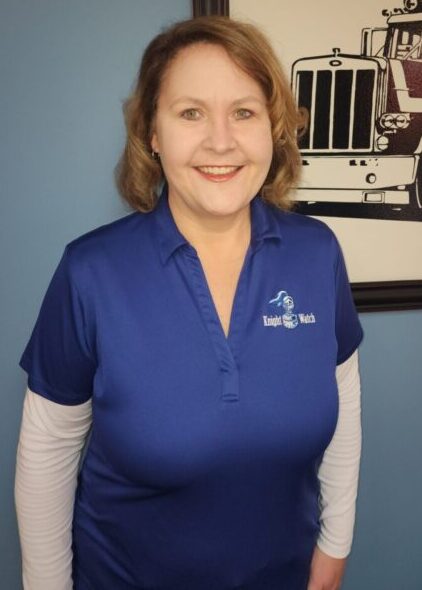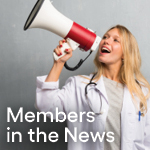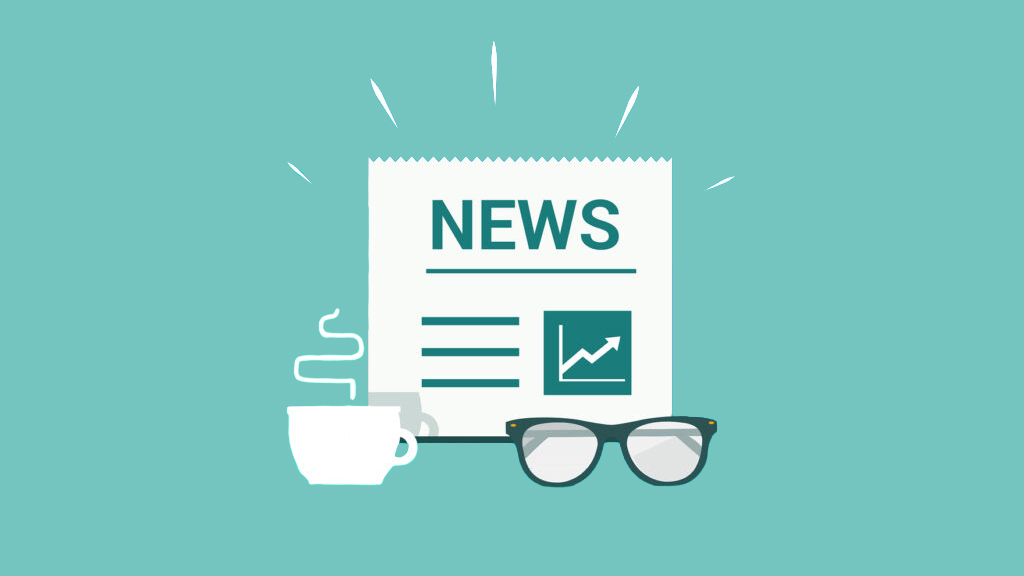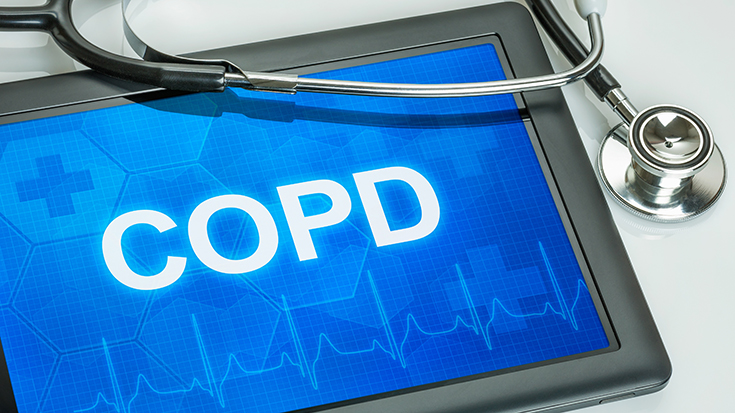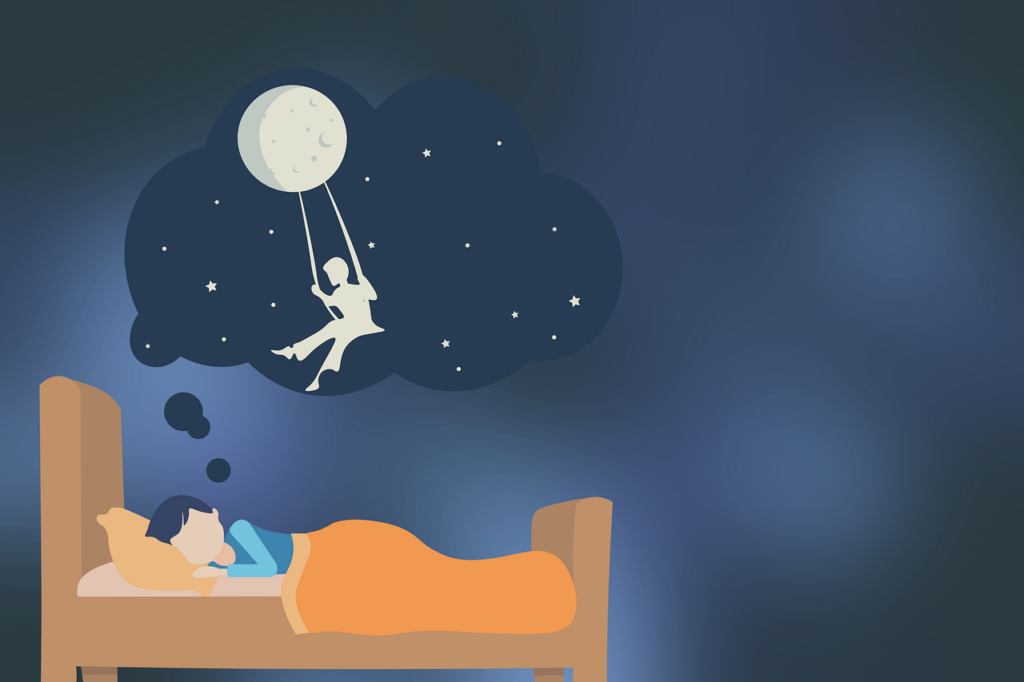
By Debbie Bunch
July 1, 2024
According to the National Heart, Lung and Blood Institute, about 50 to 70 million Americans have sleep disorders and one in three adults regularly do not get the recommended amount of uninterrupted sleep needed to maintain good health. Diagnosing these sleep disorders falls to sleep clinics and centers, and respiratory therapists are key clinicians in this setting.
In this interview, AARC Sleep Section Chair Amanda Leightner, PhD, RRT, RRT-SDS, RPSGT, RST, CCSH, FAARC, shares her insights into what it takes to work as a sleep disorders specialist.
First tell us a little about the sleep specialty and why RTs are important to the area.
An astonishing number of Americans turn to the internet with inquiries about their sleep — five million times per month. Last year the American Heart Association added sleep duration to their Life’s Essential 8™ scoring system for cardiovascular health. Sleep duration joined diet, physical activity, nicotine exposure, BMI, blood lipids, blood glucose, and blood pressure.
This increasing public awareness, along with an aging population, ensures that RTs working in all areas of respiratory care will interact with patients who have a sleep disorder. The field is growing, especially in patient care, as the public becomes more aware of the effects sleep disorders may have on individuals’ day-to-day lives.
The Sleep Disorders Specialist (SDS) credential was developed by the NBRC over a decade ago in response to the increasing number of RTs working in sleep medicine.
What are the main job responsibilities of an RT who works in this setting and what are some of the different settings where people can work as a sleep therapist?
Sleep. Forty winks. A catnap, snooze, or a few Zs. Shut-eye. Sack time. Beddy-bye. Whatever you like to call it, if you want to study it, you’ll run across the term “polysomnography” — which literally means “many sleep tests.”
The RT in sleep monitors a polysomnograph computer screen that displays data from all the electrodes that were put on the patient. This could take place in a hospital-based sleep lab, an independent sleep lab, or even using data recorded from an out-of-center sleep study.
If the sleep technologist sees that the patient is having some kind of sleep disorder, such as obstructive sleep apnea, which is common, the technician can start the patient on positive airway pressure therapy (PAP) therapy. These patients do a 180-degree turnaround. The next morning, they are thanking their sleep technologist and saying, “My God, this is the first time I’ve had a good night’s sleep in I can’t remember how long.”
What kind of experience does an RT need to be considered for a sleep position?
RTs have a great sleep medicine foundation right out of RT school, with an understanding of CPAP, BiLevel, pressure support, supplemental oxygen, masks, patient education/coaching, pharmacology, DME requirements, and much more. It is a natural progression to build upon this knowledge and become a valuable member of the sleep medicine team. RTs are already perfect for the job and have what it takes to be successful in the job.
When it comes to RTs who don’t think they work in sleep medicine, I would argue that we all work in sleep medicine these days. Due to changes in patient awareness, media campaigns, and national guidelines around sleep, we are much more immersed than we were 10 or 20 years ago.
What forms of credentialing are needed?
An argument I’ve heard over the years was that RTs do not need sleep-specific credentials to work in a sleep lab. Well, around 2015-2018 CMS LCDs began to require sleep-specific accreditation through the American Academy of Sleep Medicine (AASM), Accreditation Commission for Healthcare (ACHC), or The Joint Commission (TJC), and/or sleep specific credentials for personnel performing testing.
Currently, of the 12 Medicare Administrative Contractors (MACs), five require a sleep-specific credential such as the SDS, RPSGT, RST, or REEG to perform any sleep disorder testing, and two require an SDS or RPSGT to score home sleep tests. The other five MACs allow clinicians with the RT credentials of CPFT, RPFT, CRT, and RRT to perform testing, but they all require the lab to have sleep-specific accreditation through the AASM, ACHC, or TJC.
What are the requirements to sit for the NBRC’s SDS exam?
Admission requirements for the SDS exam consider the clinical experience and baseline knowledge of sleep disorders included in RT educational programs. An RRT with three months of work experience and a CRT with six months of work experience can apply to sit for the SDS exam.
What are the biggest challenges and biggest rewards of working in sleep and why?
The biggest challenges in the sleep world today are one, keeping up with the ever-changing MAC requirements, and two, finding educated, trained therapists to fill the shortage. With our aging, sleep deprived, increasingly educated population, it will become more and more important that there are caregivers with a good understanding of the importance of sleep and treatment options for various sleep disorders.
The biggest reward is being able to “fix” a patient or see improvement in one night!
What are your top three tips for anyone who is considering a role in sleep?
- Just do it! What do you have to lose?
- Gain the specialty credential and then decide how it best fits into your life and your patient’s life.
- Sleep ranks right up there with diet, tobacco use, exercise, and blood pressure in determinants of health. Hopefully, just like they did with the food pyramid, our patients will become accustomed to viewing sleep as a priority in their lives. Educate every patient you come in contact with about sleep hygiene!
Want to network with RTs working in sleep? Consider joining the AARC’s Sleep Specialty Section!

